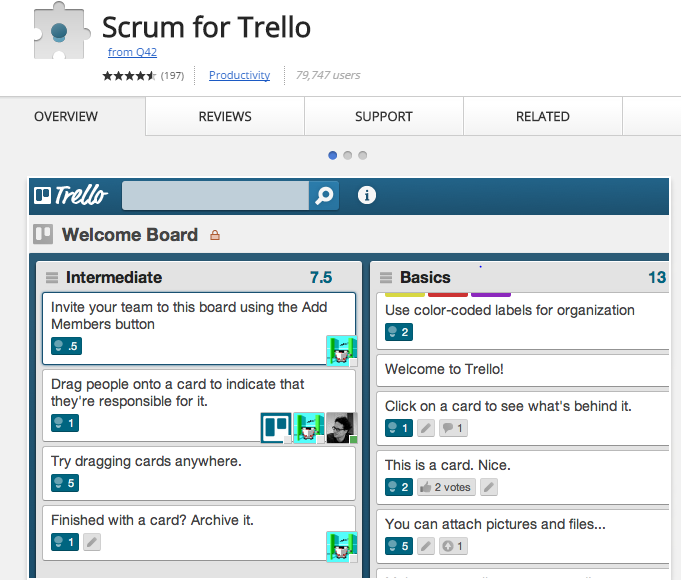Upping the Bandwidth in Schedule Devlopment with Construction Agile Framework
Construction Agile framework, such as Scrum, were developed for the software industry, and virtually unknown in the building industry. They are a popular strategy for start-ups bringing product- apps and programs, to market. However; the model hasn’t gained a foothold in other industries, mostly because it doesn’t seem to lend itself particularly well to other pursuits, but also because it isn’t well known outside of the IT community. But construction Agile frameworks could spark advances in construction schedule development and overall project delivery.
“Construction Agile framework includes scrums and sprints just like any other.
Let it be said; no development team observes the Scrum model religiously: rather, they take the general concepts that will seem to be the best choice. I believe this is a more natural approach. Here is the basic Scrum framework:
- A product owner creates a prioritized wish list called a product backlog.
- During sprint planning, the team pulls a small chunk from the top of that wish list, a sprint backlog, and decides how to implement those pieces.
- The team has a certain amount of time — a sprint (usually two to four weeks) — to complete its work, but it meets each day to assess its progress (daily Scrum).
- Along the way, the Scrum Master keeps the team focused on its goal.
- At the end of the sprint, the work should be potentially shippable: ready to hand to a customer, put on a store shelf, or show to a stakeholder.
- The sprint ends with a sprint review and retrospective.
- As the next sprint begins, the team chooses another chunk of the product backlog and begins working again.
In software development, there are several different players, all with different roles, such as technical engineers, coders, developers, and of course a team leader – COO or CTO. Software packages are comprised of many different modules that require input from the whole team. Each module – or major component, is posted in the product backlog, where it is prioritized. From there, the team chips away with each new sprint.
In a recent post I stated
“On the face of it, Agile development would seem to lend itself well to construction scheduling because the framework is similar: the chief scheduler works with subcontractors to develop their timelines, which are then integrated into a master schedule.”
Once I realized this, I decided to try it out for myself, on a recent project schedule. I chose the Trello platform – an on-line collaboration tool, and invited all the players. The results were middling, as I have recounted previously. Nonetheless; the small successes gave me hope for the future: that I could develop more organic approaches to using Agile framework in developing my schedules.
Construction schedules, in theory, can be developed to great advantage using Construction Agile framework methods.
10 Ways in Which Construction Agile Framework Can Work for Construction Schedulers
- As with product development, the small team approach lends itself well to schedule generation. This is because of the multitude of trades and vendors that must synchronize on a typical complex project. The Scrum team keeps players close, rather than remote.
- Agile framework makes sub-contractor and vendor participation exigent: each must buy in to the team method, forgoing their traditionally low level of participation. The GC or CM can see to that, whereas the lone scheduler will experience reluctance in the recruiting and motivating aspects.
- Team members become more savvy and more valuable employees, making the approach a sound investment of time. Moreover, the ROI will be a gift that keeps giving, as the process is integrated into typical product delivery.
- The Scrum concepts of a product backlog, and sprints, are similar to the way in which we incorporate sub-schedules, and various trades and vendors into the master schedule (see bar chart, below).
- Because the team reviews, and then moves on after each successful sprint, there is less occasion for errors and omissions. No more unilateral schedule generations that require frequent changes due to delayed or erroneous information.
- Enhanced communication and visibility keep each team member’s cards on the table: there’s no place to hide.
- Daily interaction keeps the team on-task, and discourages unilateral approaches. It keeps team members heads involved, and undistracted.
- The master scheduler acting as Scrum Master can realize more control and accountability than he can with the traditional cat-and-mouse game schedulers play with contractors. This is perhaps the biggest ROI for Agile framework.
- Agile framework has potential in developing cost estimates, as there are several crossover principles.
- Cost of Agile framework, such as Trello with a Scrum plug-in: $0
It follows that if construction Agile framework works for the scheduling development process, that it may have even more applications in the AE industry, which I will feature in upcoming posts.










